Decided on foam insulation, now will HVAC contractors lower tonnage?
dbrad
6 years ago
Featured Answer
Sort by:Oldest
Comments (16)
dchall_san_antonio
6 years agomike_home
6 years agoRelated Professionals
Gardena Solar Energy Systems · Madison Solar Energy Systems · Saratoga Solar Energy Systems · Inver Grove Heights Solar Energy Systems · Bedford Home Automation & Home Media · Brentwood Home Automation & Home Media · Clearwater Home Automation & Home Media · Crystal Home Automation & Home Media · Lakewood Home Automation & Home Media · Pittsburgh Home Automation & Home Media · Plantation Home Automation & Home Media · Scottsdale Home Automation & Home Media · Westminster Home Automation & Home Media · Woodlawn Home Automation & Home Media · Farmington FireplacesPensacola PI
6 years agodbrad
6 years agoRyan Brigman
5 years agoopaone
5 years agodbrad
5 years agoRyan Brigman
5 years agodbrad
5 years agoRyan Brigman
5 years agoopaone
5 years agodbrad
5 years agoopaone
5 years ago
Related Stories

MATERIALSInsulation Basics: What to Know About Spray Foam
Learn what exactly spray foam is, the pros and cons of using it and why you shouldn’t mess around with installation
Full Story
REMODELING GUIDESCool Your House (and Costs) With the Right Insulation
Insulation offers one of the best paybacks on your investment in your house. Here are some types to discuss with your contractor
Full Story
GREEN BUILDINGInsulation Basics: Designing for Temperature Extremes in Any Season
Stay comfy during unpredictable weather — and prevent unexpected bills — by efficiently insulating and shading your home
Full Story
GREEN BUILDINGInsulation Basics: Heat, R-Value and the Building Envelope
Learn how heat moves through a home and the materials that can stop it, to make sure your insulation is as effective as you think
Full Story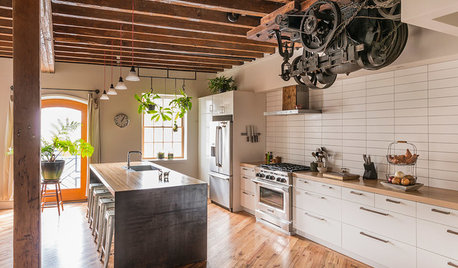
GREEN BUILDINGHouzz Tour: Pickle Factory Now an Energy-Wise Live-Work Space
A charming but poorly insulated 1880s Philadelphia commercial building becomes a spacious energy-efficient home and studio
Full Story
HOUSEKEEPINGLower Your Heating Bills With Some Simple Weather Stripping
Plug the holes in your house this winter to make sure cold air stays where it belongs: outside
Full Story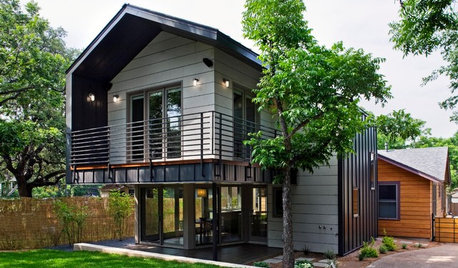
CONTRACTOR TIPSContractor Tips: 10 Home Areas That Likely Need a Pro
Safety, less cost and better aesthetics on a home improvement project may rest in the hands of an expert
Full Story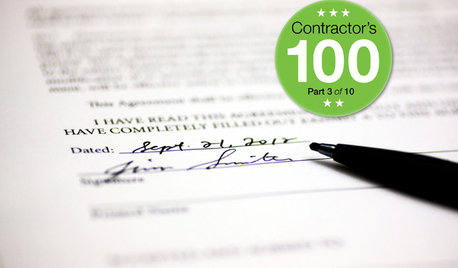
CONTRACTOR TIPSWhat to Look for in a Contractor's Contract
10 basic ingredients for a contract will help pave the way to remodel happiness
Full Story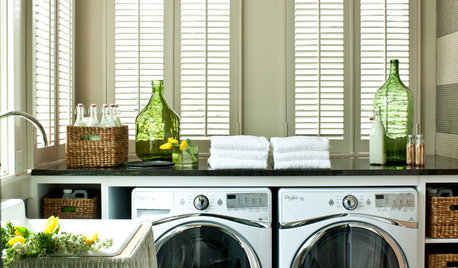
LAUNDRY ROOMSTrending Now: 15 Laundry Rooms Packed With Storage Ideas
Keep this hardworking room tidy with cabinets, baskets, shelves and more
Full Story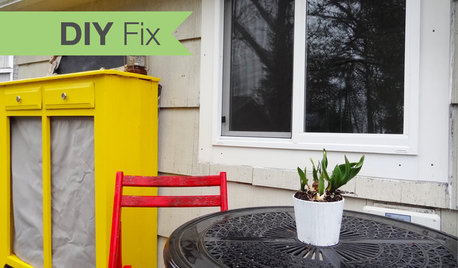
Replace Your Windows and Save Money — a How-to Guide
Reduce drafts to lower heating bills by swapping out old panes for new, in this DIY project for handy homeowners
Full Story







Austin Air Companie